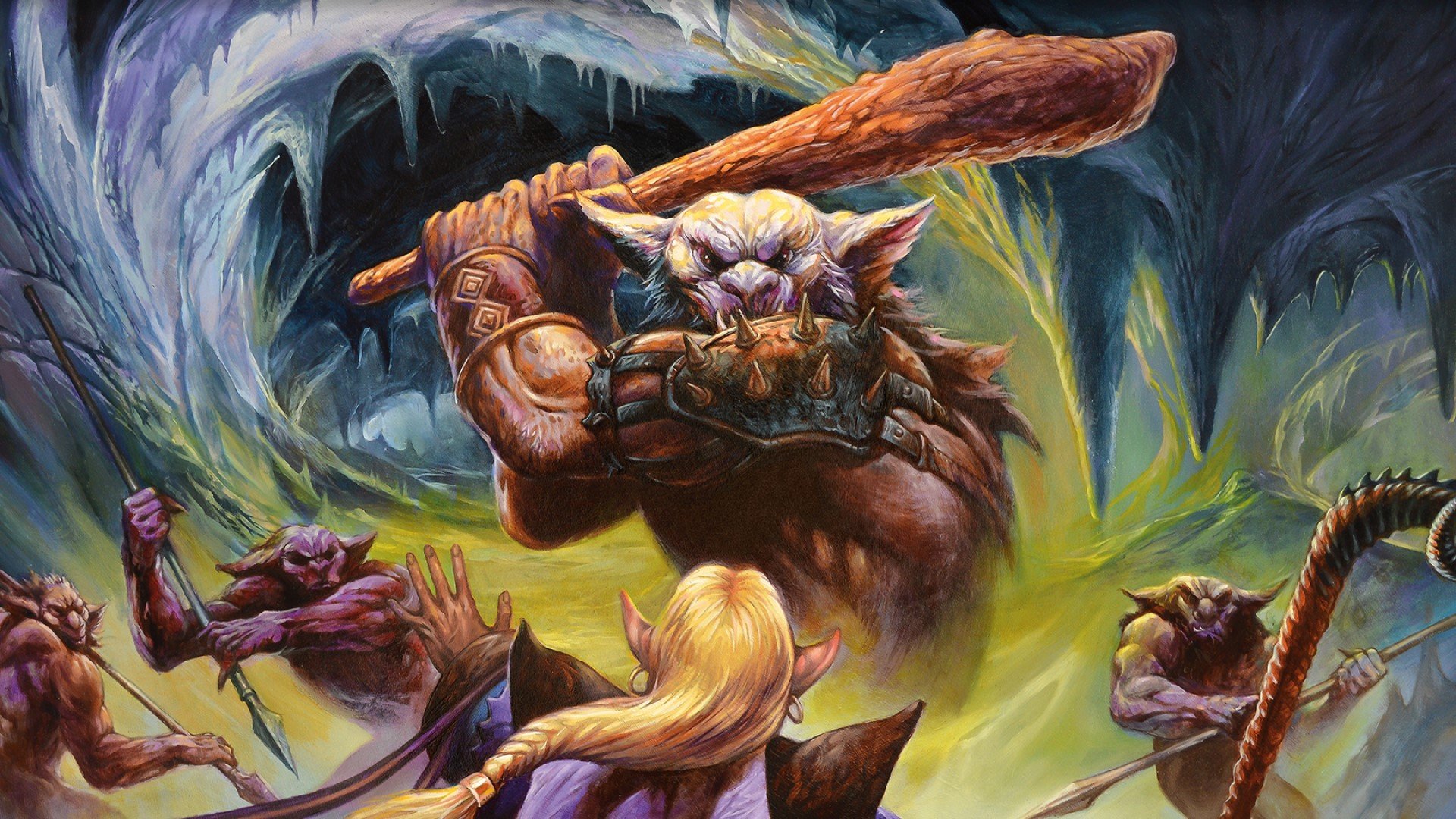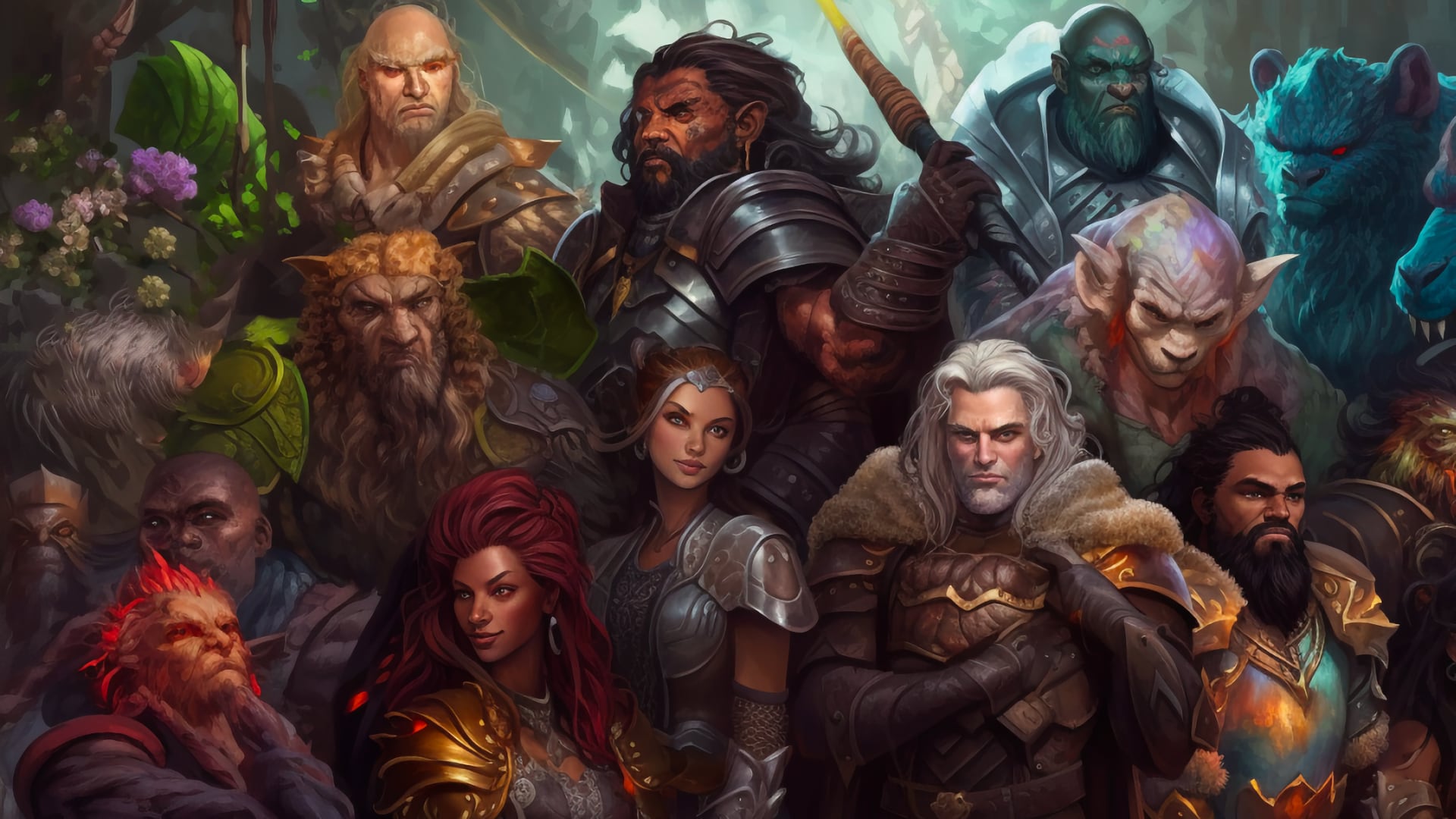5e languages are an integral part of the Dungeons & Dragons experience, offering a rich tapestry of communication and storytelling opportunities. From the Common tongue spoken by all to the ancient dialects of forgotten races, languages in 5e shape the world and enhance roleplaying.
Explore the linguistic landscape of 5e, uncovering the common and uncommon languages, their relationships to race and background, and the mechanics of language proficiency. Discover how languages can enhance roleplaying experiences and inspire custom creations.
Definition and Overview
5e languages encompass the various languages spoken within the Dungeons & Dragons (5th Edition) tabletop role-playing game. These languages serve as a crucial aspect of character creation, world-building, and immersive gameplay.
Each language in 5e possesses distinct characteristics, including its alphabet, grammar, and vocabulary. Languages are classified into two categories: common languages, which are widely spoken and understood across the game world, and exotic languages, which are specific to particular regions, cultures, or organizations.
Common Languages
Common languages are spoken by a vast majority of people in the D&D world. They include:
- Common: The most widespread language, used by merchants, travelers, and commoners.
- Dwarvish: The language of dwarves, known for its guttural sounds and emphasis on craftsmanship.
- Elvish: The language of elves, characterized by its melodic tones and intricate grammar.
- Giant: The language of giants, marked by its thunderous pronunciation and limited vocabulary.
- Gnomish: The language of gnomes, known for its playful syntax and mischievous tone.
- Halfling: The language of halflings, featuring a cheerful lilt and practical vocabulary.
- Orcish: The language of orcs, characterized by its harsh consonants and guttural vowels.
Exotic Languages
Exotic languages are spoken by specific groups or in particular regions of the D&D world. They include:
- Abyssal: The language of demons, marked by its infernal script and sinister undertones.
- Celestial: The language of angels, characterized by its radiant script and divine overtones.
- Draconic: The language of dragons, known for its ancient runes and complex syntax.
- Infernal: The language of devils, featuring a fiery script and manipulative undertones.
- Primordial: The language of elemental forces, marked by its chaotic script and primal overtones.
- Sylvan: The language of fey creatures, characterized by its flowing script and enchanting undertones.
- Undercommon: The language of the Underdark, spoken by drow, duergar, and other subterranean creatures.
Common and Uncommon Languages

Languages play a vital role in the diverse cultures and interactions within the world of 5th Edition Dungeons & Dragons. From the bustling marketplaces to the secretive enclaves, the spoken word holds power and shapes destinies.
In this section, we will explore the most common and uncommon languages encountered in the game, providing insights into their usage, speakers, and regions where they are prevalent.
Common Languages
Common languages are those spoken by a wide range of people across multiple regions. They facilitate communication and understanding among diverse cultures.
| Language | Script | Speakers | Regions |
|---|---|---|---|
| Common | Common | Humans, Halflings, Gnomes, Dwarves, Elves, Halflings | All |
| Dwarvish | Dwarvish | Dwarves | Mountainous regions, Underdark |
| Elvish | Elvish | Elves | Forests, woodlands |
| Giant | Giant | Giants | Hilltop fortresses, mountains |
Uncommon Languages
Uncommon languages are spoken by smaller groups of people, often associated with specific cultures, professions, or regions.
- Abyssal: Spoken by demons and other creatures from the Abyss.
- Celestial: Spoken by angels and other creatures from the Upper Planes.
- Draconic: Spoken by dragons and their kin.
- Gnomish: Spoken by gnomes and their allies.
- Goblin: Spoken by goblins and hobgoblins.
- Halfling: Spoken by halflings.
- Orcish: Spoken by orcs and their allies.
- Sylvan: Spoken by elves and other creatures of the forest.
- Undercommon: Spoken by drow, duergar, and other creatures of the Underdark.
Languages by Race and Background
In the world of Dungeons & Dragons 5th Edition (5e), the relationship between race and language is intricate. Each race typically possesses its own unique language, often reflecting their culture, history, and environment. However, it is important to note that not all members of a race speak the same language, and individuals may learn additional languages based on their background and experiences.
Common Races and Their Associated Languages
The following table presents a list of common races in 5e and their associated languages:
| Race | Languages |
|---|---|
| Dragonborn | Common, Draconic |
| Dwarf | Common, Dwarvish |
| Elf | Common, Elvish |
| Gnome | Common, Gnomish |
| Half-Elf | Common, Elvish |
| Halfling | Common, Halfling |
| Human | Common |
| Tiefling | Common, Infernal |
Influence of Background on Language Proficiency
In addition to their racial language, characters in 5e may also learn additional languages based on their background. The Player’s Handbook suggests that characters gain proficiency in one additional language for each of the following backgrounds:
- Acolyte
- Criminal
- Folk Hero
- Guild Artisan
- Hermit
- Noble
- Outlander
- Sage
- Sailor
- Soldier
- Urchin
The choice of additional languages is up to the player, but it should be consistent with the character’s background and story. For example, an Acolyte might learn Celestial or Abyssal, while a Sailor might learn Common, Pirate, or a specific maritime language.
Language Mechanics and Usage: 5e Languages

In Dungeons & Dragons 5th Edition (5e), language proficiency represents a character’s ability to understand and communicate in a specific language. Characters can become proficient in languages through various means, such as their race, background, or feats.Proficiency bonuses enhance a character’s ability to use languages they are proficient in.
When making a skill check involving a language, a character adds their proficiency bonus to the roll. This bonus represents their training and experience in using the language effectively.Knowing multiple languages offers both advantages and disadvantages. On the one hand, it allows characters to communicate with a wider range of creatures and access information that may be unavailable to those who only speak common languages.
On the other hand, it can also slow down gameplay as players translate conversations or search for specific words.
Languages and Roleplaying

Languages play a crucial role in enhancing roleplaying experiences by creating immersion, depth, and complexity.
Immersion is achieved when players can speak and understand the languages of the characters they portray. This allows them to fully embody their characters and engage with the world in a more authentic way. For example, a player who speaks Elvish might feel a deeper connection to their character’s elven heritage and culture.
Depth
Languages can also add depth to roleplaying by providing a way for characters to express themselves uniquely. Different languages have different vocabularies, grammar, and cultural nuances. This allows players to create characters with distinct voices and perspectives.
Language Barriers
Language barriers can add complexity to interactions between characters. When characters do not speak the same language, they must find ways to communicate through gestures, sign language, or magical translation. This can lead to misunderstandings, frustration, and even conflict.
For example, a party of adventurers might encounter a group of orcs who do not speak Common. The adventurers must then decide how to communicate with the orcs, and whether they can overcome the language barrier to achieve their goals.
Customizing and Creating Languages
Creating custom languages for your 5e campaigns can add depth and realism to your world. Here’s a step-by-step process:
- Define the purpose:Determine why you need a custom language and what it will be used for.
- Establish a foundation:Consider the history, culture, and environment of the language’s speakers.
- Design the script:Create a unique writing system, including symbols, letters, or characters.
- Develop vocabulary:Establish a lexicon of words and phrases, including common nouns, verbs, and adjectives.
- Establish grammar:Define the rules for word order, sentence structure, and verb conjugation.
- Create a dictionary and grammar guide:Document your language for easy reference by players and DMs.
Unique and Creative Languages, 5e languages
The D&D community has created numerous unique and imaginative languages. Here are a few examples:
- Draconic:A guttural, ancient language spoken by dragons and their kin.
- Elvish:A melodic and poetic language with multiple dialects spoken by elves.
- Abyssal:A harsh and guttural language used by demons and devils.
- Celestial:A holy language spoken by angels and other celestial beings.
Ultimate Conclusion

In the realm of 5e, languages are not mere words but powerful tools that bridge cultures, enrich storytelling, and ignite the imagination. By embracing the linguistic diversity of the game, players and Dungeon Masters can create truly immersive and unforgettable adventures.
FAQ Compilation
What is the most commonly spoken language in 5e?
Common is the most widely spoken language, understood by most humanoids and many other creatures.
How do I determine my character’s language proficiency?
Your character’s race and background typically determine their starting language proficiencies. Additional languages can be learned through feats or other means.
Can I create my own languages for my 5e campaign?
Yes, the Dungeon Master’s Guide provides guidelines for creating custom languages, including scripts, vocabulary, and grammar.